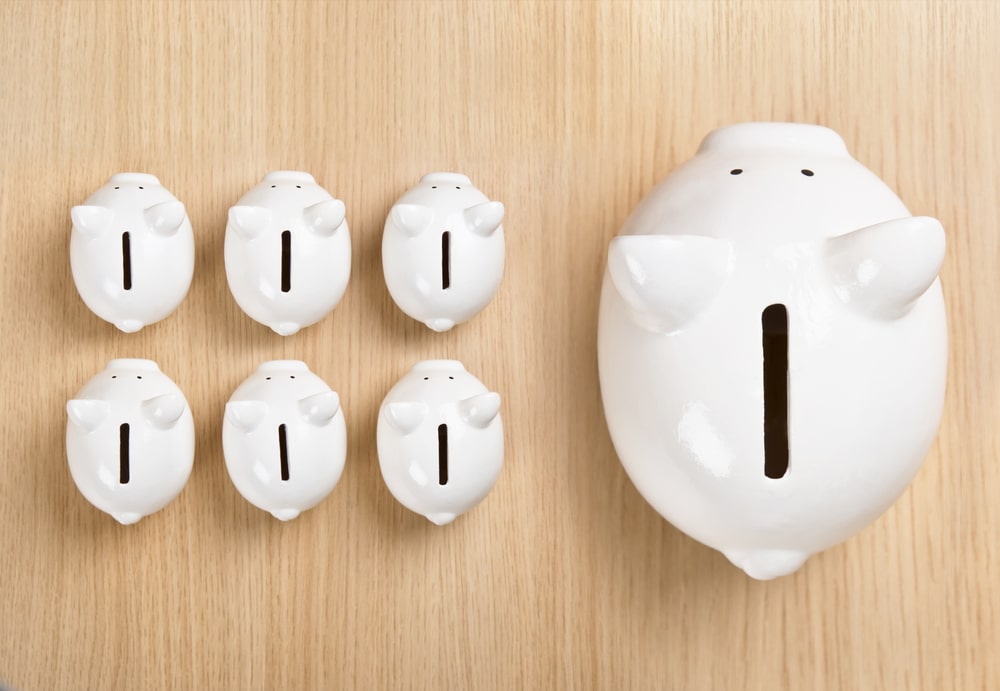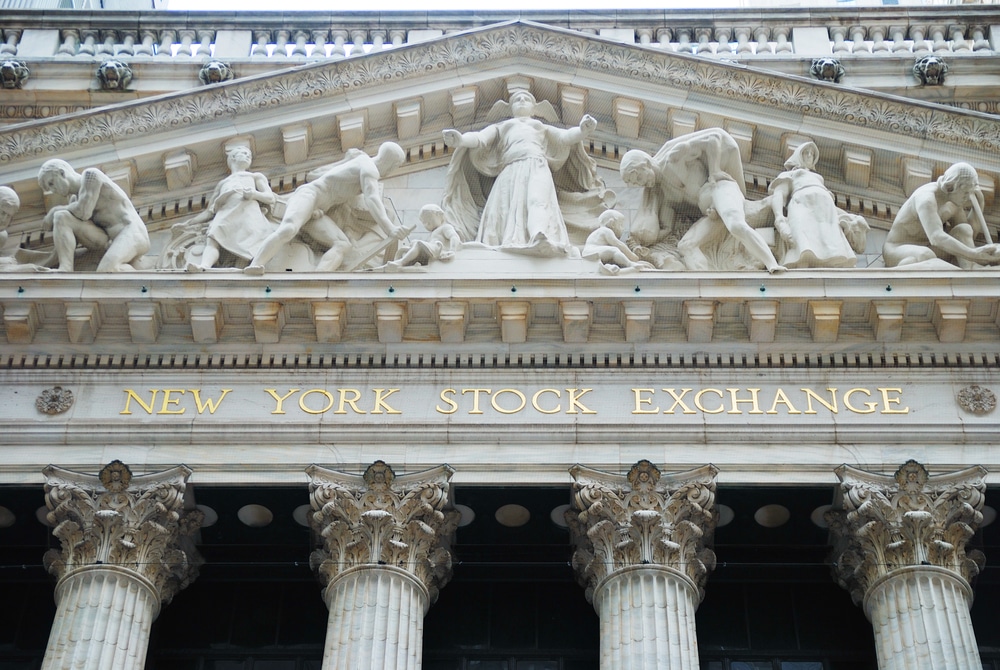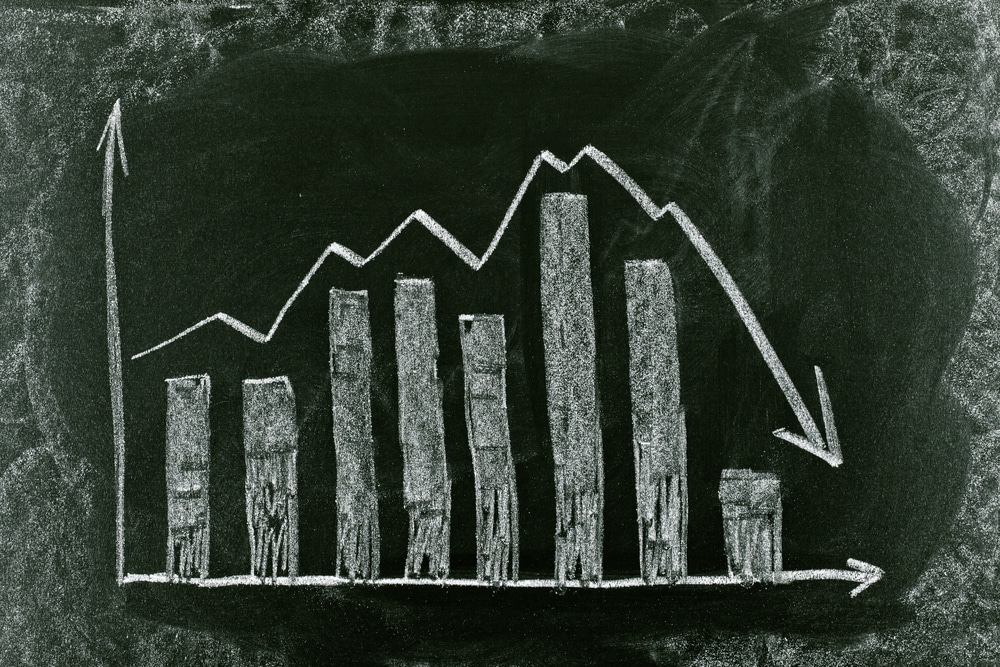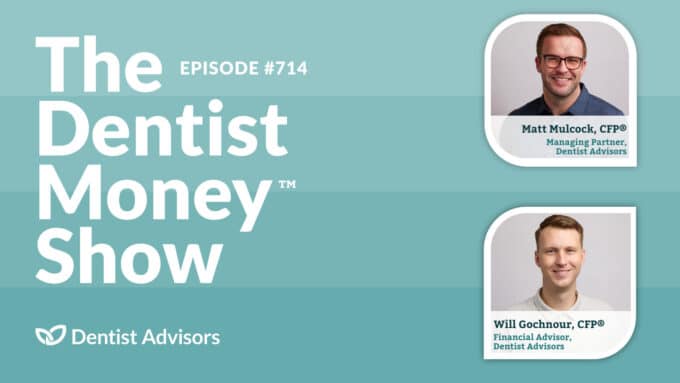To handle the emotions of stock market investments, here are a few things you should know before the next market decline hits us.
I remember sitting on my front porch in the summer of 2007 feeling pretty good about the house I purchased just a few years earlier. My wife and I had some nice equity in our home, and we were awaiting the birth of our second son. I was optimistic about the growth of my business and had recently signed a new lease on some office space; the future looked bright.
But I was in for a surprise. Those of us who owned real estate in 2007 know exactly how it felt to see something collapse quickly. The U.S. housing bubble imploded, and it was impossible to envision the depth of the crisis that was about to unfold. A global financial crisis began; oil prices soared and so did the cost of food. A banking crisis led to the failure of many of the United States’ largest financial institutions like Bear Stearns, Fannie Mae, Freddie Mac, Lehman Brothers, Citi Bank, and AIG. History will refer to this period as the “great” recession, and for me, it was a tough row to hoe.
Recessions in the United States occur on a regular basis. In fact, stock market crashes have occurred once or twice each decade since WWII. There are important lessons to learn before we pass through another unavoidable recession or stock market decline. These lessons helped me and my business survive a tough time, and internalizing these lessons will help each of us be more prepared for inevitable future crises that will occur.
WHAT YOU SHOULD DO BEFORE A CRISIS

While you may not be able to see a crisis coming, there are still things you can do to prepare. Before a crisis begins, you should have 1) a globally diversified portfolio, 2) a strong personal emergency fund (ideally several years worth of personal spending readily available to you), and 3) a very high personal savings rate (20%+ annually). These three measures will ensure you don’t need to react emotionally to the unpredictable market volatility that’s bound to happen.
By having enough “safe” assets to replace your income during a stock market “crash,” you don’t have to be in the hurt tank while your more aggressive investments go through their natural cycle. A properly designed retirement plan starts years in advance of your expected retirement date.
During your lifetime, you’ll go through multiple stock market crashes, recessions, and maybe even a depression. This shouldn’t be surprising, and it shouldn’t dramatically alter your financial plan. The people who hurt the most are those close to retirement with little savings and too much of their portfolio in stocks. That’s poor planning, not poor investments.
WHERE DO I START?
Properly diversify. Compare your stock portfolio with this map of global markets. As you can see from this illustration, the U.S. contains approximately 49% of all equities in the world and the U.K. contains 8%. What percentage of your portfolio is in U.S. stocks? What percentage is in U.K. stocks? Look at the percentage of stock domiciled in each country across the globe and compare that to your portfolio. While this isn’t a recipe for a perfect portfolio, this guideline helps you see how diverse your portfolio really is when taking a global perspective.
Know your withdrawal rate. Estimate your current annual living expenses (e.g. $120,000 per year). Then add up all your investments (e.g. $2,000,000). Divide your annual living expenses by your total investment portfolio (e.g. $120,000 / $2,000,000 = .06 or 6%) to calculate your withdrawal rate, or the percentage of your total portfolio you need each year to live on. Even if you’re not approaching retirement, you should understand your current withdrawal rate and measure how it changes over time. Most people who are adequately prepared for retirement will have a withdrawal rate between 3% – 6% of their portfolio. The lower the rate, the better. Personally, I recommend my clients be at the lower end of this range, although that can be difficult or impossible for people who start planning too late.

On the other hand, if your withdrawal rate is low (3% – 5%) and you have a solid emergency fund (6 months minimum early in your career and 2 – 3 years worth by retirement), you shouldn’t be as concerned about a market decline− you’ve prepared well for this situation. As long as you stay diversified and keep your withdrawal rate low, your portfolio will be able to weather the storm.
Be an opportunist. On the contrary, if you are years away from retirement (10 yrs+) and your withdrawal rate is high (10%+), stay opportunistic. Keep a broadly diversified allocation, an emergency fund equal to at least 6 months of personal living expenses, and keep a high savings rate. Invest money in stocks throughout the market decline and pick up shares of companies at wholesale prices. It’s like shopping at Costco with an additional 50% off coupon. Load up!
Know your numbers. Your personal living expenses, approximate retirement date, and age should dictate how much / how little money you have in stocks. Don’t try to “leave” the market and “get back in” when things get better. Trying to time the market’s peaks and valleys is very unpredictable. Getting “out” is difficult for many reasons, and getting “back in” at the right time is arguably even harder. It is much more predictable to simply prepare for these cycles using some of the techniques I’ve described above.
THESE CRISES CAN HELP AS MUCH AS THEY HURT

If you prepare well and build good habits beforehand, a downturn will prove to be one of the most important investment periods. Downturns have the power to be a positive in someone’s portfolio giving him or her the boost many investors miss out on. It is during the decline that investors have the opportunity to earn above-average returns. These above-average returns, which occur during short periods of time, are essential if you’re trying to grow your retirement assets.
If managed correctly, your existing portfolio should be “rebalanced” during these downturns as well. This is the process of taking investments that have not declined as much in value and using them to purchase investments that have declined more significantly. This rebalancing helps to create a predictable long-term return for investors, and it is essential during a crisis.
Recessions and downturns happen more frequently than any investor likes. They are difficult to predict and nearly impossible to avoid entirely, but being overly upset or surprised when they happen isn’t healthy for you, your family, or your portfolio. Try to remain focused on continuing to invest capital according to your long-term plan. Time for action isn’t when things get bad, it’s while things are going well.






